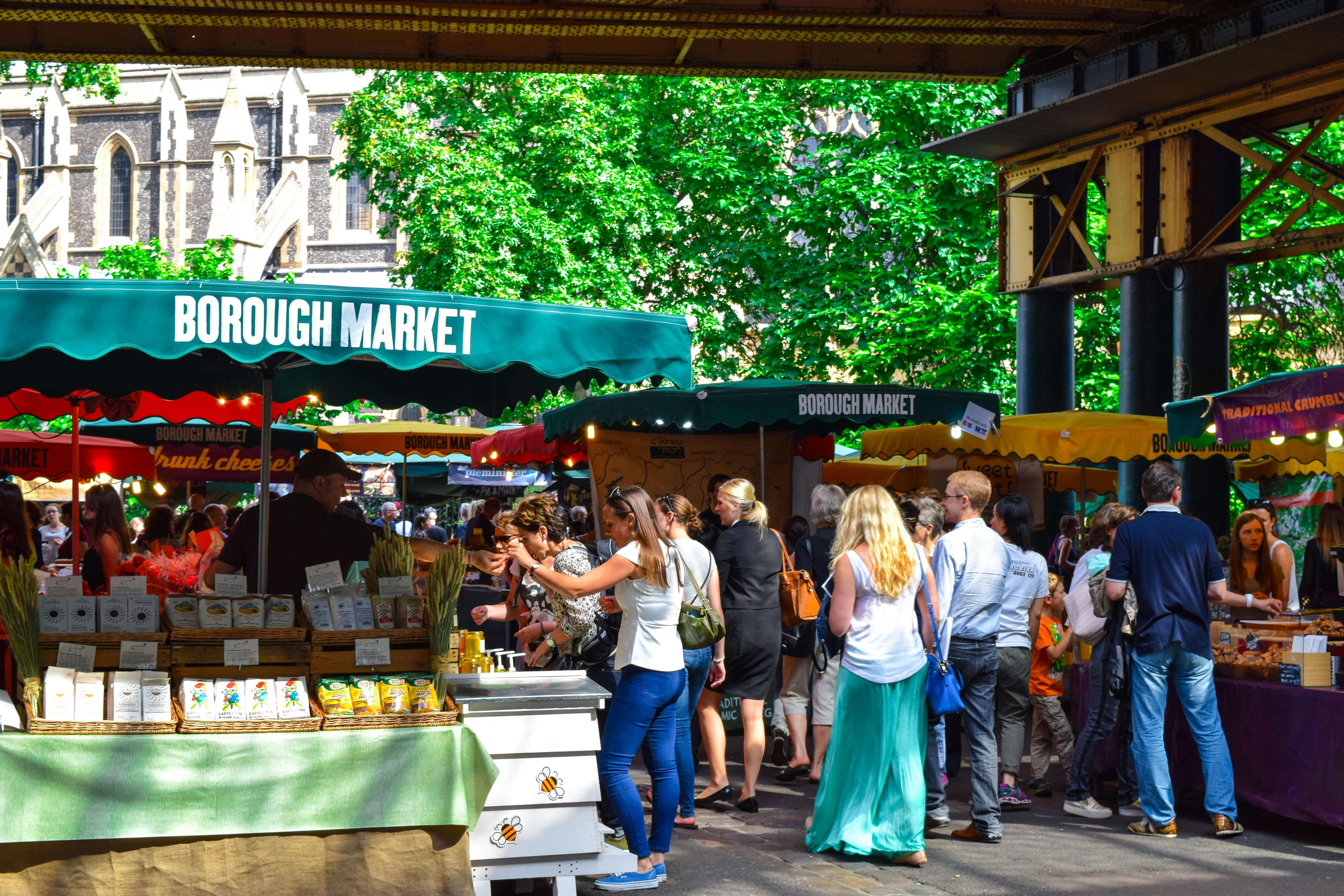Let’s start with some definitions of pedestrianization, recognizing that a “universal” meaning might be difficult to find, particularly in the context of different persuasions or interests. The merits of one group’s definition could easily turn into an argument with another party (who is in a totally different frame of mind) when their various definitions are placed side by side. Here, let us remain open to a number of variations on a theme.
Converting a street or area to car-free use is called pedestrianization. Alternatively, it is the removal of vehicular access to a street for the exclusive use of pedestrians through local policies such as street closures or similar restrictions. Therefore, a pedestrian location has become consistent with the absence of motorized vehicles within an area.
The matter can also be thought of in the context of a road dominated by people on foot; hence the essence derived from– pedestrians and the consequent pedestrianization of an area. Such meaning is always in tandem with the absence of cars or motorized vehicles – as we now reconcile with the elements of pedestrians versus vehicles – and the dominance or absence of the other.
As reconciled here, it has three types:
1. Complete pedestrianization is the elimination of motor vehicle traffic at all times and every day through formal traffic orders. In this, continuous is my keyword of choice, as it describes a situation where the absence of cars is not broken in the context of time. When this scheme is implemented, it becomes common for affected businesses to get creative with how they deliver their goods and supplies to and from their establishments. Sometimes it is necessary to relax the definition and allow small motor vehicles to enter the premises during “rest periods” such as very late at night or very early in the morning.
2. Part-time pedestrianization is the elimination of motor vehicle traffic only during certain hours of the day and/or certain days of the week. Continuous is my keyword of choice here, as it indicates a constantly recurring transition between allowing and prohibiting cars on a public road. Time frames can range from designated periods within the day, weekly periods, or just designated periods within a year.
3. Partial pedestrianization is to allow some motor vehicle traffic at low speeds; also called Traffic Calming. In this, constraint is my chosen keyword, reflecting how this scheme is normally carried out. Common strategies include reducing the width of an existing road (and widening the adjoining sidewalk) to cause a bottleneck effect and consequently the slowdown of traffic. The introduction of humps has also been accepted as another alternative under this scheme.
As can be seen from the above, the concept of pedestrianization is not always the total elimination of cars from a place. Very often, the strategy or type of pedestrianization has to be correlated with what is appropriate in the context of the businesses that might be affected and stakeholder buy-in.
